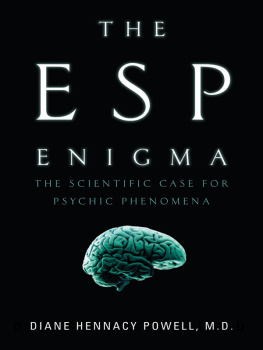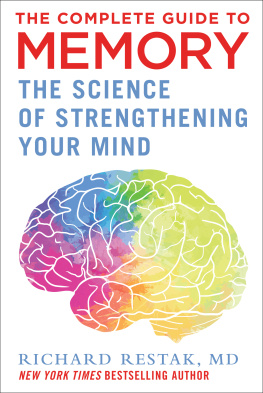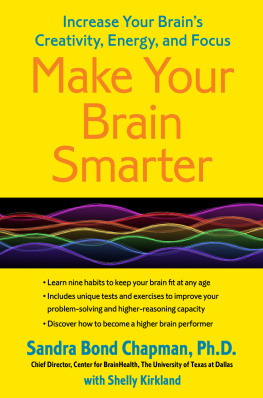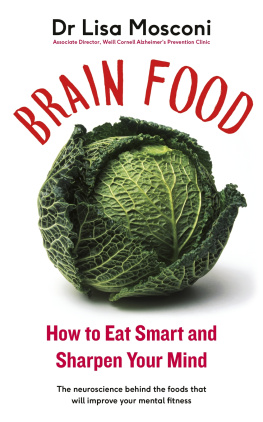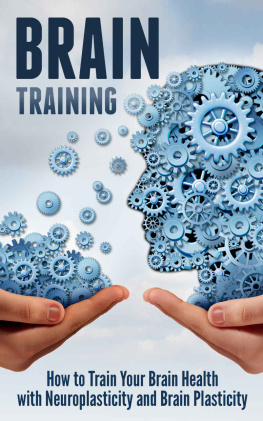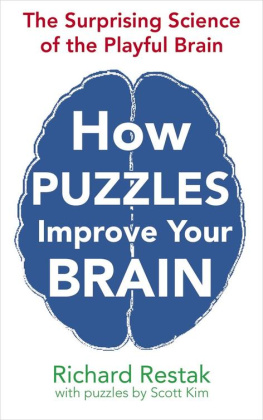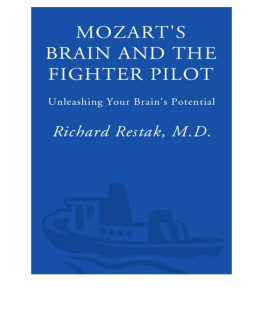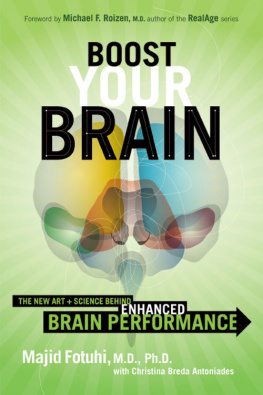Table of Contents
Also by Richard Restak, M.D.
The Naked Brain
Poes Heart and the Mountain Climber
Mysteries of the Mind
Mozarts Brain and the Fighter Pilot
The New Brain
The Secret Life of the Brain
The Longevity Strategy (with David Mahoney)
Older and Wiser
Brainscapes
The Modular Brain
Receptors
The Brain Has a Mind of Its Own
The Mind
The Infant Mind
The Brain
The Self Seekers
The Brain: The Last Frontier
Premeditated Man
To my brother, Christopher
To remain mentally sharp, you have to deal with familiar things in novel ways. But most important of all, you have to have a sense of curiosity. If interest and curiosity stop coming automatically to you, then youre in trouble, no matter how young or old you are.
Art Buchwald
INTRODUCTION
What should I do to keep my brain working at its best?
Im frequently asked that question. It makes sense as Ive written eighteen books about the human brain. But I recently decided to undertake a personal odyssey aimed at discovering what I can do to improve my brain. This seemed especially important, since I will soon be at an age when brain function typically declines unless deliberate steps are taken to maintain it.
I come to this task from a unique vantage point, based on my experience as both a neurologist and an author. Over the years, Ive become acquainted with many of the worlds foremost neuroscientists (brain researchers). Ive talked with them during neuroscience meetings, observed them in their laboratories, and read their published writings in which they explain their discoveries. What could be more natural, I wondered, than to ask these brain scientists, the best in their field, What are you doing to keep your brain functioning at its best?
Their answers often surprised me. And I suspect they will surprise you.
Using their answers, coupled with my own work in cutting-edge brain research, Ive set out in these pages my personal program to improve your brains functioning. It can be used by anyone interested in developing and maintaining an optimally functioning brain. Whether you are young or old, rich or poor, male or female, these insights will help your brain to be more efficient, more effective, and more engaged.
PART ONE
Discovering the Brain
When I was a medical student, neither teachers nor students placed much emphasis on the brain. The curriculum included only a first-year course in neuroanatomy, followed two years later by a one-month rotation spent working with patients on the neurology wards. After graduation, most medical students tended to avoid specialty training in careers devoted to treating the brain (neurology and neurosurgery), based on the general perception that not much could be done to heal or even improve the lives of many of the patients afflicted by brain diseases. I remember vividly my fathers disappointment when I told him I was interested in neurology and psychiatry rather than obstetrics (his specialty). You cant do anything for most of the patients youll encounter in either of those specialties, and its awfully depressing to just diagnose and not treat, he told me.
A lot has changed since then. We have learned more about the brain in the past decade than we did in the previous two hundred years. If he were still alive, my father would be amazed at the effective treatments now available for many brain diseases such as multiple sclerosis, migraine, and epilepsy, to mention just the most common. Neuroscience (brain science) is currently one of the most popular career choices among students attracted to science. Psychiatry and neurology are in the process of merging into the hybrid discipline of neuropsychiatry. But these advances didnt happen spontaneously. The advance from nihilism and pessimism toward curiosity and hope was stimulated principally by new ways of imaging the brain.
Until the middle part of the twentieth century, what little was known about the brain consisted of a mlange of speculation and dogmatism based on hosts of hoary old men staring through microscopes at brightly colored dye-stained neurons. Thanks to advances in brain-imaging techniques over the last thirty-plus years, its currently possible for neuroscientists (many of whom are now women) to observe the development of the brain in real time and without any need for either speculation or dogmatism. The principle behind these illuminating (in both senses of the term) imaging techniques is straightforward: blood flow to the brain varies with activity. The greater the activity, the greater the flow of blood needed to replenish the oxygen and glucose used by the active neurons. This isnt any different from what happens elsewhere in the body.
When you lift a hundred-pound barbell at the health club in an effort to attract the attention of someone nearby in whom youre romantically interested, blood flow increases in the muscles of your arms and chest based on the increased need by those muscles for oxygen and glucose. Similarly, when you use a specific circuit in the brain, the components of that circuit will become more active and call on the circulatory system to provide additional glucose and oxygen. Positron-emission tomography (PET) and functional magnetic resonance imaging (fMRI) detect the changes in blood flow within active parts of the brain and record them while the subject lies within a special scanner.
Thanks to fMRI imaging and other techniques, we know that the brain never wears out; it gets better the more we use it; it changes in structure and function throughout our lives. As a consequence of this plasticity we sculpt our brains according to our life experiences. As a result, no two brains are exactly alike, not even the brains of identical twins who, while they share the same genetic makeup, dont share identical experiences. Due to this diversity in the brains organization and structure from one person to another, its often possible to reach valid conclusions about a person on the basis of his brains organization.
For instance, while looking at an fMRI, a trained observer can distinguish the brain of a skilled pianist from that of a nonpianist. That trained observer will note that the pianists brain shows increased activation in the finger areas of the motor cortex while she listens to a piano concerto. The same thing happens if she just watches someone playing any musical composition on the piano. But it wont happen if she observes that person merely making random finger movements on the keyboard: under these circumstances, the pianists brain responses wont differ from those of a person with no special musical expertise or interest. A similar specialization occurs in dancers. A ballet dancer will show greater brain activation while he watches other ballet dancers perform. This wont happen if he watches ballroom dancers.
Nor is brain specialization limited to the arts. If that pianist at the conclusion of her performance takes a cab from the concert hall to her apartment, her cabdrivers brain is likely to have an enlarged hippocampusa brain area heavily involved in spatial visualization and navigation. The same is true for any specialized occupation: A surgeon will show greater activation in the hand area of the motor and sensory cortex than will a doctor who doesnt perform surgery.


